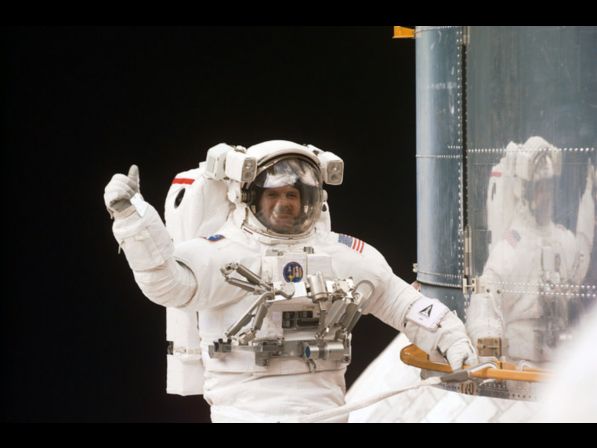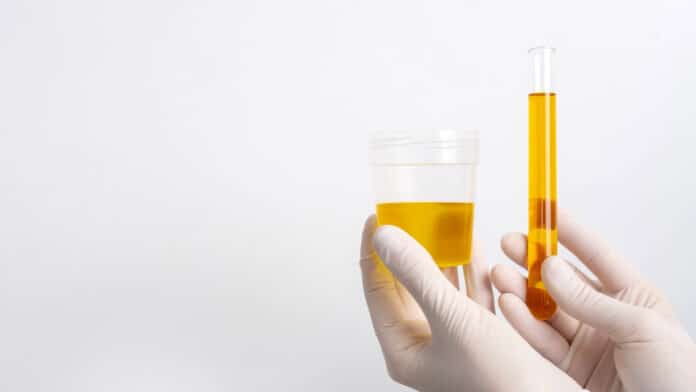Deep space research is not easy. It comes with challenges, not the least of which is limited storage space. Now, scientists are finding creative ways to maximize in-space efficiency to reduce the number of expensive shipments. To do so, this time they are recycling astronauts urine.
In collaboration with NASA, Mark Blenner of Clemson University has discovered a way of recycling astronauts’ urine with a particular yeast strain to produce plastic for a 3D printer. The things involve tools and parts, and parts are essential in space.
Mark Blenner of Clemson University said, “If you had the means to manufacture medicines and food and nutraceuticals and tools, you wouldn’t have to plan ahead. You could make what you need as you need it.”

Image Credit: American Chemical Society
The team has also created omega-3 fatty acids with the urine-yeast combo. The acid is sold as a nutritional supplement supporting brain, eye, and heart health. Scientists are particularly excited about making medicine, vitamins, and other perishable goods.
Blenner said, “There are a lot of vitamins and also medicines that degrade just over time. As we have a three-plus year space mission, the quality of critical nutrients will start to decline to the point they’re no longer there. It’s difficult to send new supplies that are going to retain their quality, so you have to find a way to make them on site.”
Scientists primarily identified that yeast liked to eat pure urea. Although it is a nitrogen-rich organic compound that results from the breakdown of proteins and often found in the urine of some fish and mammals, including humans.
To grow, yeast requires nitrogen and carbon as well. Nitrogen can be reaped from space, and carbon may be gathered from breathing out space explorers. This process requires the ‘middle man’ in the form of photosynthetic cyanobacteria. The photosynthetic cyanobacteria transform carbon dioxide and sunlight into sugars, urine, and sugars into the desired fatty acids and plastics.
Blenner said, “Developing plastics and Omega-3 fatty acids from astronaut waste show the possibility of what can be made in space from things that are already there.”
“We don’t view this as the holy grail of how we will enable space travel. But it’s certainly an interesting part of the equation.”
